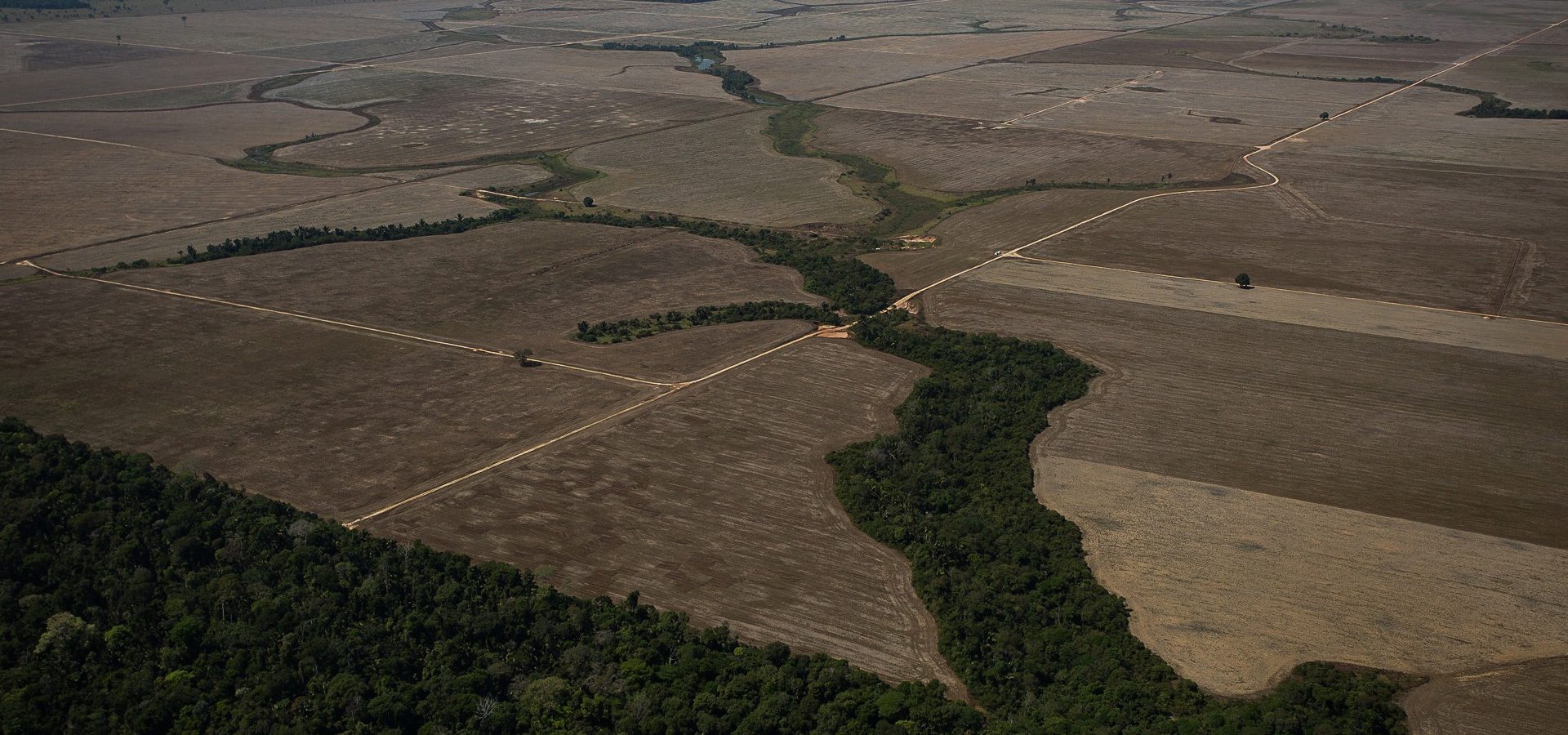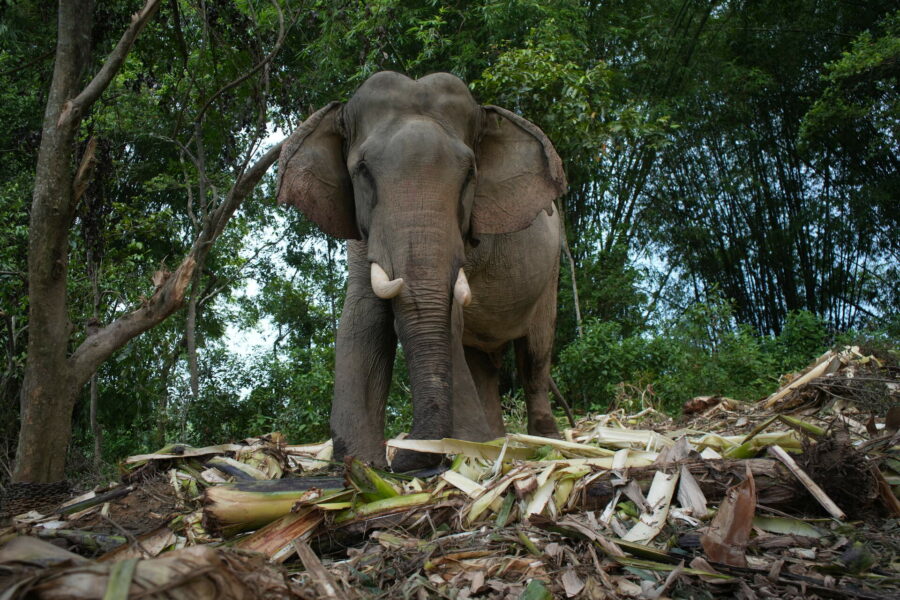Forests cover 31% of land on Earth. Its landscape is home to more than 75% of Earth’s life on land. Forests take thousands of years to form and reach maturity, but it takes us no time to destroy them. Declining biodiversity, increasing greenhouse gas emissions, disruption in water cycle – loss of forests leads to unfathomable consequences. Losing trees also means losing the top layer of soil, making the deprived area prone to floods. In order to understand its profound impact, it is imperative to know how much forest area we have lost in the recent past. Here’s what we found.
A global overview
Since the beginning of the 21st century, the world has lost tropical forests roughly the size of Europe, the global Forest Resource Assessment (FRA) 2020 report by the United Nations Food and Agriculture Organisation states. From 2001 to 2021, a total of 437 million hectare of tree cover was lost globally, that is, 11% decrease in tree cover since 2000 causing 176 gigatonnes of CO₂ emissions. The FRA 2020 report informs that among the biggest threats to tropical forests in South America and Asia are cropland expansion, palm oil plantations and livestock grazing.
Cropland expansion causes nearly 50% of global deforestation and livestock grazing accounts for 38.5%.Between 2000 and 2018, oil palm alone was responsible for 7%, followed by urban and infrastructure development (6%), dams and water courses (1.5%), and other contributors (4%). “Cropland conversion dominates forest loss in Africa and Asia, with 75% forest area being converted to cropland,” the report stated. In South America, 75% of the deforestation was due to livestock grazing. South America lost 68 million hectares of forests, followed by Africa with 49 million hectares.
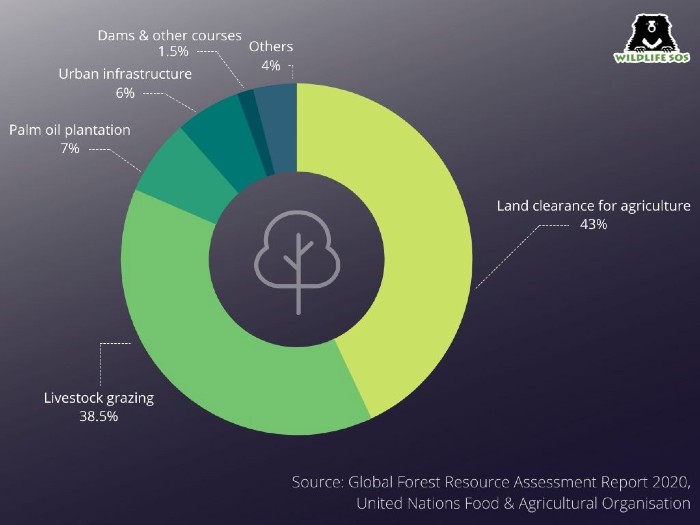
According to a survey by Global Forest Watch (GFW), an online platform for monitoring forests, Russia and Brazil are responsible for destroying most forests in the last two decades. Canada, USA and Indonesia are also mentioned in the report.
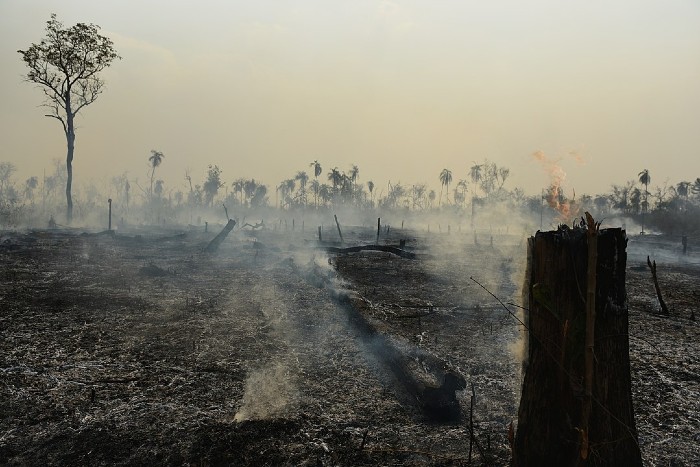
A WWF overview on deforestation states, “In 2019, the tropics lost close to 30 football fields’ worth of trees every minute. The Amazon rainforest has lost 17% of its forest in the last 50 years, mostly due to conversion for cattle ranching.” As accounted for in 2020, deforestation in the Brazilian Amazon was at a 12-year-high. This is heart-wrenching information about the rainforest we popularly refer to as the ‘lungs of our planet’.
The plight of Indian forests
In the Indian context, the country is losing significant areas of natural forests with moderate tree cover. The Forest Survey of India has listed 4 categories of forests: very dense (>70% tree canopy density), moderately dense (40-70% density), open forests (10-40%) and scrub (<10%). According to the State of Forest Report 2021, open forests have the biggest share with 9.34% of the total forest cover. The very dense forest category has a share of 3.04%, least of the four forest types. As per National Forest Policy, 1988, India plans to bring 33% of its geographical area under forest cover. But with 21 states and Union Territories reporting loss in moderately dense forest cover, this goal appears to drift farther away.
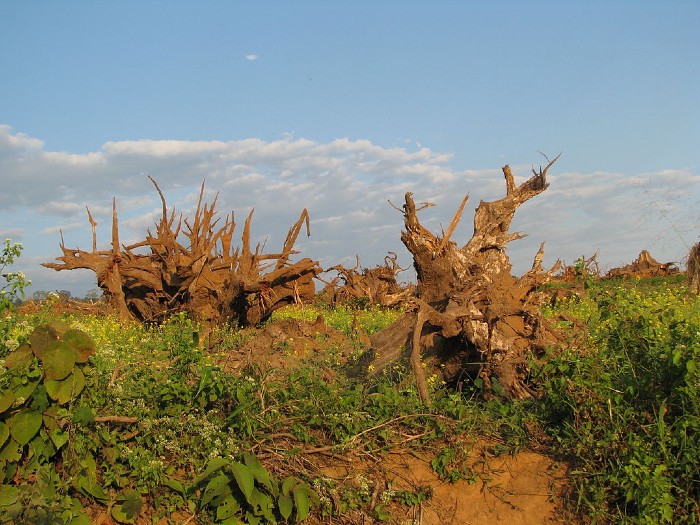
GFW data shows that India lost 1.93 million hectares of its tree cover from 2001-2020. GFW also reported that between 2019 and 2020, 38.5 thousand hectare of tropical forest in India were lost, accounting for 14% of the tree cover loss. Moreover, LawnStarter reports that globally, India ranks 32nd for the most tree cover loss globally, with 132,748 ha lost every year. According to media reporta, north-eastern states were most heavily impacted, with Mizoram witnessing the biggest decline in forest cover, followed by Manipur, Assam, Meghalaya and Nagaland. As a result of forest loss, India released 742 metric tonnes of CO₂ between 2001 and 2020.
Need to protect our forests
When we speak of protecting our wild animals, loss of forest land is a crucial aspect to address. Forests nurture immense biodiversity which in turn maintains the equilibrium of the ecosystem. We need forests to save highly vulnerable species threatened with extinction.
As per the World Economic Forum, nearly 1.6 billion people, including over 2,000 indigenous cultures depend on forests for their livelihood. Destroying forests would also mean taking away their homes. What we need is better management and maintenance of forests, so that its resources can be sustainably used. This would also propel the creation of greener livelihoods.
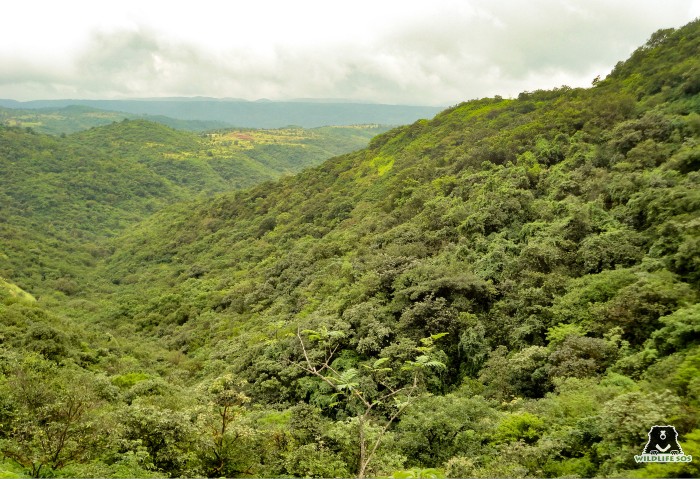
A healthy forest would improve the quality of the air we breathe, the food we eat and the water we drink. Healthy life on a healthier planet is reason enough to protect the primordial homes of nature.

